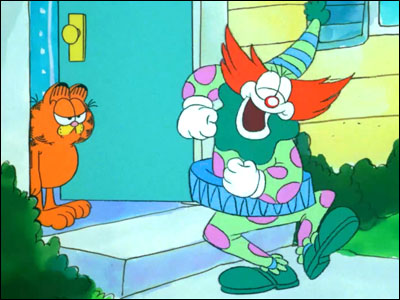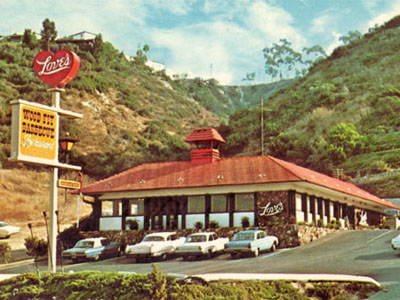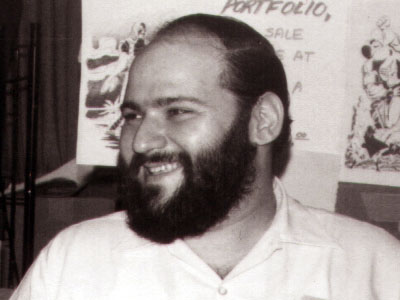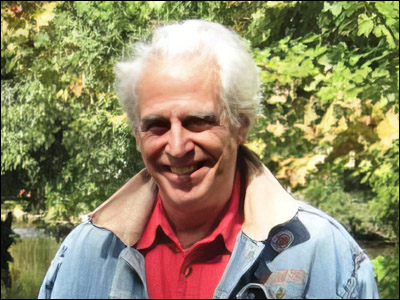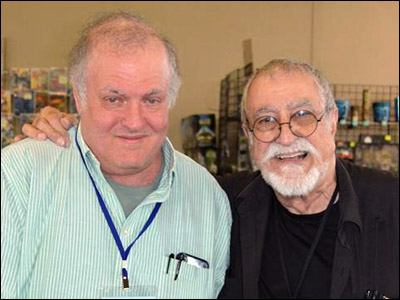One time when I was in Las Vegas, something happened in the space between Harrah's (the hotel where I was staying) and the Imperial Palace, which was next door but is no longer. A "flash mob" suddenly happened and I have no idea who they were or who sent them there to do it…but suddenly about twenty-five dancers — some clearly amateurs, a few clearly not — were there in everyday tourist clothes performing to the ABBA song, "Mamma Mia."
The record was playing out of a huge Boom Box and there was no carefully-constructed choreography but that was part of the charm of it. The core twenty-five were more or less performing the same steps by watching each other and soon, strangers were joining in, eyeing what others were doing and doing their best to replicate it. I don't quite know how to describe the mood but it was like someone had dropped a large Happiness Bomb on the area. Everyone — spectators and dancers alike — was grinning and moving in time to the music.
Just before it erupted, I was in the midst of some darker, sadder thought but eight bars into "Mamma Mia," they were gone and most of them did not come back until hours later…and then, in a much less intense form. You may think ABBA produced disposable and childish music but right then, it did the best thing music can do. It made people happy. The scene in Vegas felt very much like what you'll see in this video shot in an Ikea in Madrid a few years ago…
Given all the cameras that were present and positioned to capture the action, one suspects it was all arranged for some TV show. But not everyone was in on it and it looks like a lot of surprised people had a very good time.
Some flash mobs come armed with digital music. Some bring their own instruments. And like I said, I didn't know where that one in Vegas came from. Shortly after the mob and the good feelings had dissipated, I asked a vendor there if they did that every day at predetermined times. He said he'd never seen it before and for the rest of my trip and all the ones I've made since, I never saw anything like it again. The space between Harrah's and the Imperial Palace is now the space between Harrah's and a new hotel called The Linq and that space is occupied by a huge outdoor mall.
Since that day, I thought that if I ever ran a casino — or any business like a mall that had strangers milling about — I'd hire a group of performers to "flash mob" at unpredictable times in unpredictable places. They'd just show up when no one expected it and perform to some song that everyone knew and loved. It'll never happen but so will a lot of things I think should happen.
The closest I've seen to anything on a regular basis in Vegas is that the Rio Suites Hotel used to (note the past-tense) have shows at announced times in a wing of the casino called the Masquerade Tower. The show consisted of two parts. There was a stage on which a dozen-or-so young dancers would perform to an energetic medley of popular tunes. At the same time, there was a parade of floats suspended from the ceiling on which others would dance and throw Mardi Gras-style necklaces of beads to the spectators. For a fee, you could also arrange to ride on those floats that moved around the ceiling on tracks. Here's the best video I could find of what this all looked like…
One year, I spent a couple of three-day stints in Vegas and I stayed in a suite in the Masquerade Tower. Most of my time was spent in the room writing a script but I'd take breaks for meals, to go visit a friend or two…or to go downstairs at the appointed times to watch The Parade in the Sky and the performers. It was really a great cheering and fun thing to experience and I was sad when the Rio got rid of it.
In fact, through a series of changes in management, the Rio got rid of almost every reason you could have to go to the Rio. The one-time best buffet in the city is gone, the periodic parades are gone and there are reports that the place has gotten very shabby. If it weren't still the home of Penn & Teller's show, no one might go near the place and there were rumors for a while that it was all going to be torn down to build a stadium for the Oakland A's to play in if/when they relocate to Las Vegas.
All that, however, may be changing. New York real estate investor Dreamscape Companies, which owns the Rio this week, has announced an investment of $350 million bucks to remodel and revamp the resort back into its former glory. One of its execs has reportedly said he wants to bring back the parade in the sky. Apparently, the floats are still up there in some sort of ceiling warehouse and with a few coats of paint and some WD-40, could begin parading around the Masquerade Tower again. I hope so. But if they can't afford to bring that back, maybe they could afford about a dozen dancers, a Boom Box and a "Best of ABBA" CD.
